The U.S. Forest Service plans to harvest the majority of trees at 16 sites in Nantahala National Forest beginning next year as part of its Southside Project. Story by Jack Igelman, originally published by Carolina Public Press.
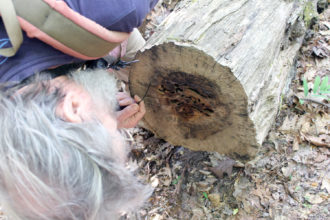

The U.S. Forest Service plans to harvest the majority of trees at 16 sites in Nantahala National Forest beginning next year as part of its Southside Project. Story by Jack Igelman, originally published by Carolina Public Press.

Later this month, the N.C. Forest Service will help the city of Asheville carry out a series of controlled burns on at least 95 acres around the North Fork and Bee Tree Reservoirs, thereby reducing the risk of more severe fires in a watershed that serves more than 125,000 area residents.

While the long-running planning process has made considerable progress toward a consensus vision for the forest, sticking points do still remain. Conservationists continue to disagree with some hunting advocates and logging industry groups about protected area designations and the exact extent of active management on the land.
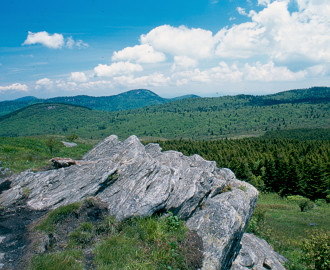
For the first time in 23 years, the U.S. Forest Service is revising its management plan for the Pisgah and Nantahala national forests, and some participants in the long, drawn-out process say it could be going better.

“This is a remarkable environmental success story! Many agencies and organizations can be proud of their contributions to this. Together, they’ve demonstrated that bold action at many different levels can successfully address serious environmental issues.”
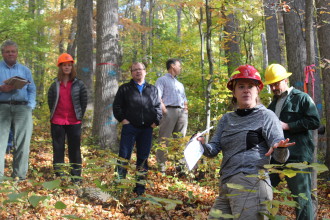
Economically and ecologically valuable, oak trees dominate the forests of our region. But forest experts say that when the mature oak and hickory forests are cut, they are increasingly being replaced by fast-growing and aggressive yellow poplar. Researchers have been seeking solutions to the problem for decades, with little success. A new study in Bent Creek hopes to change that.
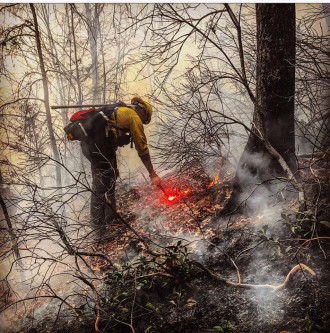
Whether triggered by climate change or normal variability in cycles of temperature and drought, recent wildfires have been some of the most extensive in living memory. With tens of thousands of acres burned, scientists and fire management officials weigh in on the effects of the fires.
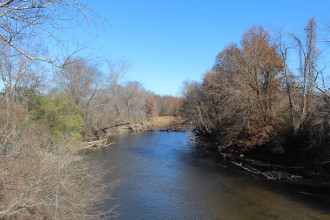
As a very dry fall moves toward winter, municipalities, officials, scientists, farmers and citizens all ponder the deepening effects of the drought in Western North Carolina.

As Dogwood Alliance celebrates its 20th anniversary, the local organization reflects on its accomplishments influencing the wood sourcing practices of some of America’s largest corporations. Now the group is poised to take on an even larger challenge: fighting European environmental regulations that Dogwood Alliance says are paradoxically endangering Southern forests.
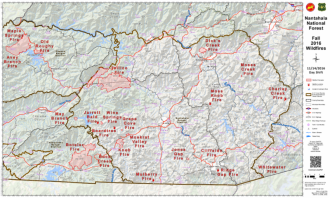
Press release from U.S. Forest Service and Southern Area Incident Management Team: Incident Resources: 17 crews, 6 helicopters, 1 fixed wing, 64 engines, 16 dozers, 4 water tenders, and 809 total personnel. Boteler Fire (Clay County): The fire continues to be active due to dry conditions and continually falling leaves. Light winds yesterday enabled crews […]

“Unfortunately, the evaluation released by the Forest Service reduces the total acreage eligible for wilderness recommendation in the new forest plan by more than 80 percent. “
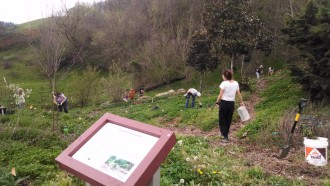
While growing food and other crops beneath the forest canopy isn’t new — it’s been practiced by indigenous and traditional cultures around the world for centuries — a new focus on forest farming is highlighting the possibilities of forest-based production of non-timber crops in Western North Carolina.
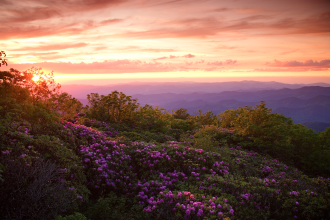
“Let’s keep Big Ivy just the way it is — wild, scenic, adventurous and uncut.”

The Buncombe County Board of Commissioners approved economic incentives, a resolution urging the federal government to designate Big Ivy as wilderness and set a public hearing for the proposed tax schedule during its meeting on Tuesday, Sept. 20.
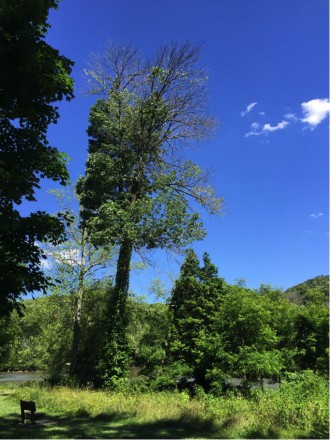
Emerald ash borers have been detected in WNC, and that’s not good news for the region’s forests.

During an upcoming fundraiser, Wild South will celebrate its own conservation work in addition to awarding the efforts of activists across eight states. Headlining the evening is DeLene Beeland, a local author who will speak about her experiences with endangered red wolves. The Millroom hosts the event on Saturday, May 7.

The U.S. Forest Service sought further information on Monday, Nov. 16 in the early stages of its forest plan, which aims to classify select rivers and lands in the Nantahala and Pisgah forests as further protected under stricter levels of conservation.
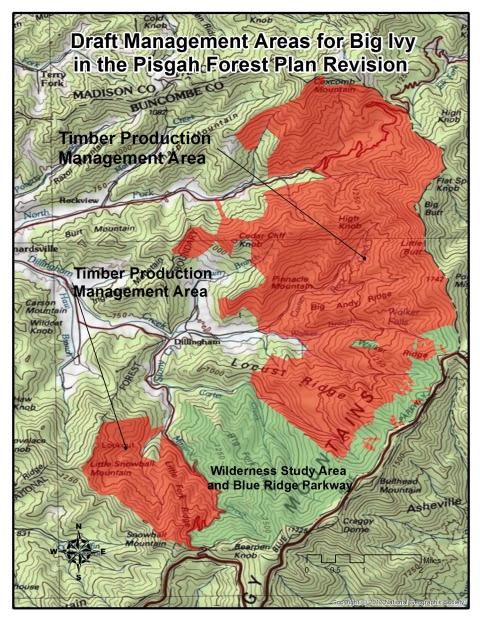
A tentative plan by the Forest Service calls for designating most of the Big Ivy area near Barnardsville as a timber production management area. Before finalizing the change, the Forest Service is accepting public feedback and is holding a Feb. 5 meeting at 7 p.m. at the Big Ivy Community Center.

With wild ginseng root fetching upward of $800 a pound, untold numbers of poachers have taken to local forests, overwhelming meager law enforcement resources and leaving the plant’s survival in doubt.
I felt a little sick when I heard that dead trees along the Joyce Kilmer Forest trails would be “cut down.” But after visiting the forest last month, I believe the Forest Service did the right thing — both in what they did and how they did it. The point of preservation of the virgin […]

Backed by Rep. Heath Shuler, D-Waynesville, a recently passed federal bill (H.R. 1002) will allow the U.S. Forest Service to buy 88 private acres for better public access to Catawba Falls in McDowell County. With the purchase, the Forest Service can expand the trailhead to the falls and possibly create a parking area. “The public […]